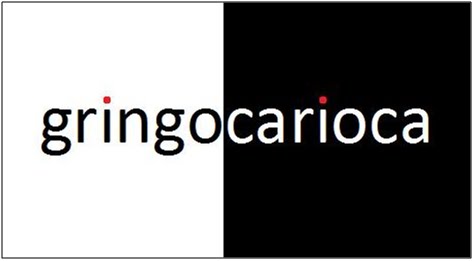“Once we admit, in principle, the thesis of the impossibility of translating 'creative' texts, it seems that we may also admit, in principal, the corollary of this thesis, the possibility of re-creating the texts.” (p. 315)
“We may say, then, that every translation of a creative text will always be a 're-creation,' a parallel and autonomous, although reciprocal, translation – 'transcreation.' The more intricate the text is, the more seducing it is to 're-create' it. Of course in a translation of this type, not only the signified but also the sign itself is translated, that is, the sign’s tangible self, its very materiality …. The signified, the semantic parameter, becomes just a kind of boundary marker for the 're-creative' enterprise. We are, then, at the opposite end of the 'spectrum' from the so-called literal (or servile) translation.” (p. 315-316)
Translation of poetry (or of prose with an equal degree of difficulty) is, above all else, an experiment in introspection into the world and technique of the text to be translated. It is as if one took apart and, at the same time, put back together again the machine of creation, that frail and apparently inaccessible beauty that offers us a finished product in a foreign language but which, nevertheless, is able to give itself over to an implacable vivisection, to an operation in which it will literally be disemboweled and then reformed, reconstituted, in a new and different linguistic body.” (p. 323)
(Haroldo de Campos, “Translation as Creation and Criticism.” Novas: Selected Writings. Trans. Antonio Sergio Bessa, Odile Cisneros)
“Admitida a tese da impossibilidade em princípio da tradução de textos criativos, parece-nos que esta engendra o corolário da possibilidade, também em princípio, da recriação desses textos.” (p. 34)
“Então, para nós, tradução de textos criativos será sempre recriação, ou criação paralela, autônoma porém recíproca. Quanto mais inçado de dificuldades esse texto, mais recriável, mais sedutor enquanto possibilidade aberta de recriação. Numa tradução dessa natureza, não se traduz apenas o significado, traduz-se o próprio signo, ou seja, sua fisicalidade, sua materialidade mesma .... O significado, o parâmetro semântico, será apenas e tão somente a baliza demarcatória do lugar da empresa recriadora. Está-se pois no avesso da chamada tradução literal.” (p. 35)
“A tradução de poesia (ou prosa que a ela equivalha em problematicidade) é antes de tudo uma vivência interior do mundo e da têcnica do traduzido. Como que se desmonta e se remonta a máquina da criação, aquela fragílima beleza aparentemente intangível que nos oferece o produto acabado numa língua estranha. E que, no entanto, se revela suscetível de uma vivissecção implacável, que lhe revolve as entranhas, para trazê-la novamente à luz num corpo linguístico diverso.” (p. 43)
(Haroldo de Campos, “Da tradução como criação e como crítica”. Metalinguagem e outras metas.)
.bmp)
No comments:
Post a Comment